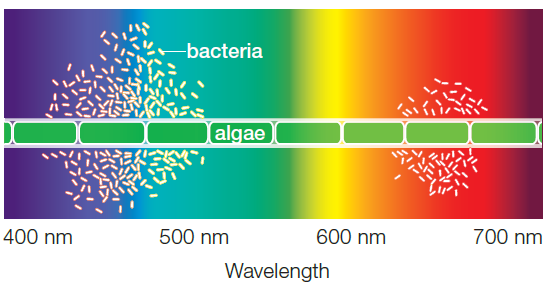The xylem primarily transports ________, while the phloem primarily transports ________.
A. water and minerals; sugars
B. water and minerals; oxygen
C. sugars; water and minerals
D. oxygen and carbon dioxide; sugars
Answer: A
You might also like to view...
What other cells should you examine for effects from this mutant gene?
A. prefrontal neurons B. gustatory neurons C. cholinergic neurons D. Schwann cells Clarify Question · What is the key concept addressed by the question? · What type of thinking is required? · What key words does the question contain? Gather Content/Choose Answer · What do you already know about this mutation? Which cell type do we know it affects? Consider Alternatives · What other information is related to the question? Choose Answer · Given what you now know, what information and/or problem solving approach is most likely to produce the correct answer? Reflect on Process · Did your problem-solving process lead you to the correct answer? If not, where did the process break down or lead you astray? How can you revise your approach to produce a more desirable result?
How many chromosomes does a human sperm contain?
A. 1 B. 48 C. 24 D. 23 E. 46
Bateson and Punnett crossed two white-flowered lines and saw all purple flowers in the F1 generation. They concluded this was an example of complementary gene interactions because a cross of the F1 plants yielded what ratio in the F2 generation?
A) 8 purple to 8 white B) 16 purple to 0 white C) 0 white to 16 purple D) 7 purple to 9 white E) 9 purple to 7 white

A. 680 B. 700 C. 400 D. 425 E. 550